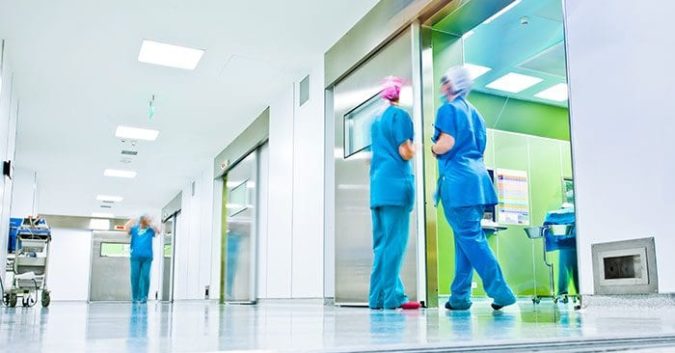It’s hard to believe, but one of the leading causes of death in the United States can be attributed to the very people who are trying to keep you alive.
Medical error — whether at the hands of doctors, nurses, hospital staff, or the institutions themselves — is the third most common cause of death in the U.S. According to a recent study by Johns Hopkins University, 250,000 Americans die each year as a result of medical mistakes, placing it just behind heart disease and cancer on the official list maintained by the Centers for Disease Control (CDC).
To Err Is Human? Should We Accept That?
Cutting into the devastating impact of heart disease and cancer is a monumental challenge for which there is no clear path or solution. These are health issues that we’ve been forced to accept, if only because they are beyond our control.
Human error, on the other hand, is a whole other beast. People find it much more difficult to accept medical mistakes as “par for the course” — and rightly so. As a patient, you shouldn’t have to worry about a surgeon leaving behind a pair of scissors in your chest cavity, or accidentally removing the wrong kidney, or prescribing you the wrong medication — a problem that harms some 1.5 million people a year.
What 1 NYC Hospital Is Doing to Change the Landscape
So the problem is clear: Human error is a major factor in healthcare-related accidental deaths and injuries. The good news is that some hospitals are taking unusual steps to improve oversight, scrutiny, and operational efficiency — the best example being the Long Island Jewish Medical Center in New Hyde Park, New York.
Rather than leaving staff to their own devices, the hospital has implemented an innovative surveillance program to key tabs on all its operations and procedures. Each of the facility’s 24 operating rooms have been fixed with a network of cameras, with the feeds being monitored by offsite teams. If protocol is breached or a procedure is not properly followed, an alert is signaled.
Additionally, the system includes efficiency measures that monitor and record when a procedure is complete. Feedback is provided in aggregate, establishing “teams” that effectively compete with one another to improve overall hospital performance and safety.
The program is basically a fail-safe mechanism, and it almost certainly could prevent any error as drastic (and deadly) as removing the wrong kidney. CBS New York reports how, within weeks of implementing the surveillance program, full safety compliance increased from 25 percent to more than 90 percent hospital-wide.
“The key here I go back to is collecting information that everyone believes is valid, and then giving that information back to the teams while they’re working so that they can make a change right then and there,” said Dr. John Di Capua in an interview with CBS2.
The Cold Reality
Few would argue that America’s hospitals already have enough preventative measures in place. The mere fact that medical error and negligence alone account for a quarter-million deaths a year proves there is a serious problem.
The only question is: what’s to be done? Institutions should and will be held accountable for their performance, but that also means they should take it upon themselves to assure the safety of their patients. It’s refreshing to see hospitals like Long Island Jewish Medical Center taking those necessary steps.
